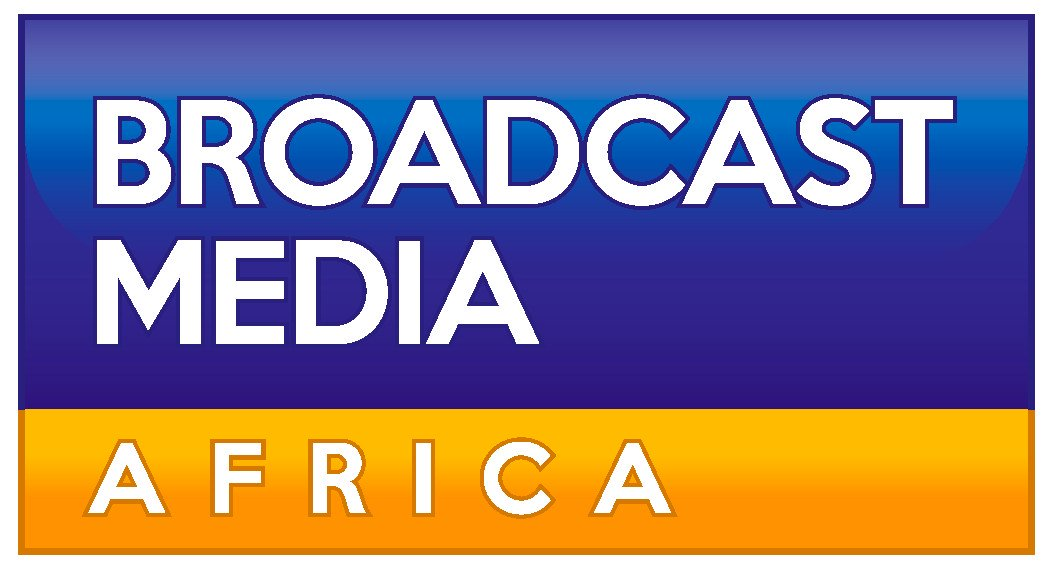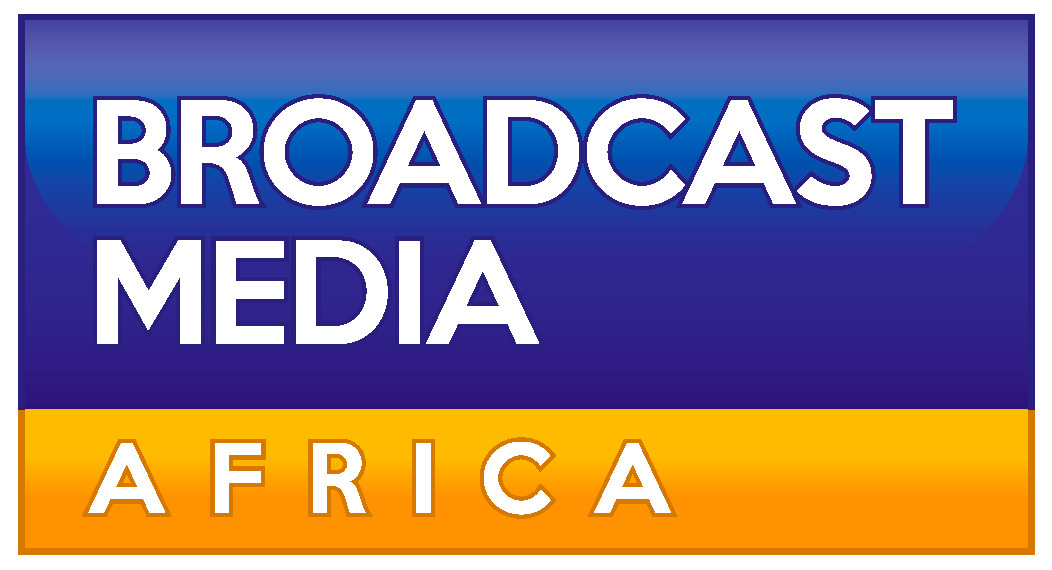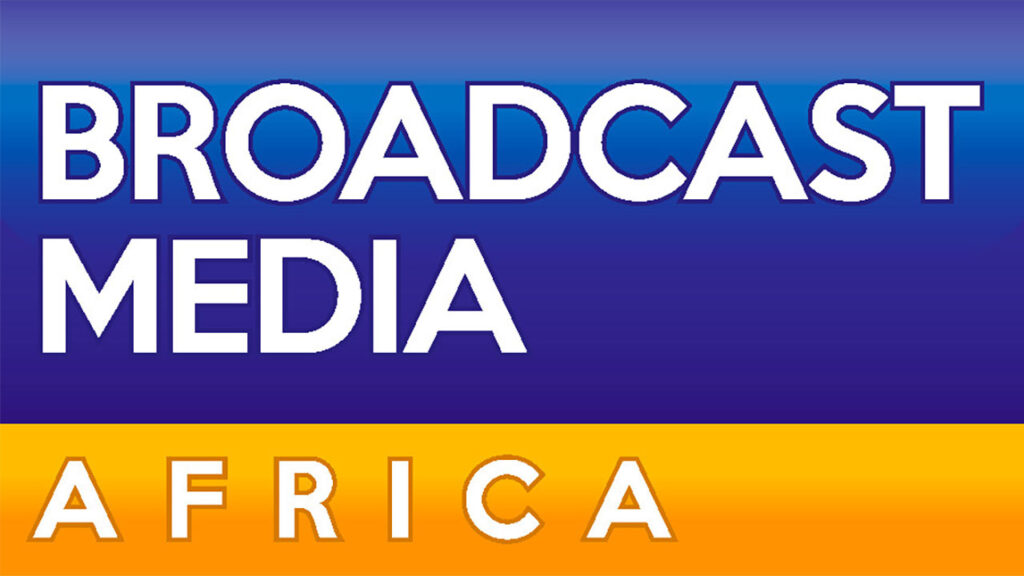

The DRM Consortium has unveiled its new DRM Consumer Radio Receiver Functionality Recommendation. This document outlines the essential functional specifications for consumer radio receivers designed to receive DRM radio broadcasts. As DRM technology continues to expand, adapt, and be showcased worldwide, this guideline is a vital resource for receiver manufacturers, broadcasters, and regulators, ensuring that consumers enjoy a unified and reliable DRM digital radio experience.
DRM, or Digital Radio Mondiale, is the global ITU-R standard for digital radio across all broadcasting bands overseen by the non-profit DRM Consortium. This technology is the digital successor to traditional analogue AM and FM transmissions.
The new Receiver Functionality Recommendation applies to various consumer-targeted DRM radio receivers. It provides in-depth, application-specific requirements for automotive receivers, personal mobile devices (including mobile phones, feature phones, and tablets with built-in radio capabilities), and general-purpose receivers like home and desktop radios.
Building upon the existing DRM MRR (Minimum Receiver Requirements Specification), the Consumer Receiver Recommendation is mandatory for all DRM receivers. It encompasses DRM digital radio functionality across all broadcasting bands: LW, MW, SW, and VHF (Bands I, II, and III), as well as analogue AM and FM radio.
Johannes von Weyssenhoff, Chairman of the DRM Technical Committee, states, “This document delineates three distinct levels of functionality, serving as a straightforward guide for manufacturers. These functionality levels are not confined to a single chip, module, or device. Level 2, Feature Radio, outlines a comprehensive radio receiver with essential features. The Receiver Recommendation is thorough and easy to implement, enabling manufacturers to create outstanding receivers, irrespective of whether they choose levels 1, 2, or 3 (Essential Radio, Feature Radio, or Advanced Radio solutions). Regardless of the chosen level, a DRM receiver will establish itself as a versatile audio broadcasting system for the 21st century.”
Ruxandra Obreja, the Chairman of DRM, also emphasized the importance of the DRM Consumer Radio Receiver Recommendation, viewing it as an invaluable tool for manufacturers, broadcasters, and regulators alike. She stated, “This guideline grants manufacturers the flexibility to develop receivers with varying complexities while ensuring a consistently positive experience for listeners. Furthermore, it accommodates integrating applications and services such as distance learning and emergency alerts, catering to communities’ diverse economic and social needs worldwide. Consequently, this guide will become a critical asset in the DRM ecosystem, facilitating the production of receivers that meet the required functionality and reach the millions of listeners in countries embracing the DRM standard.”











